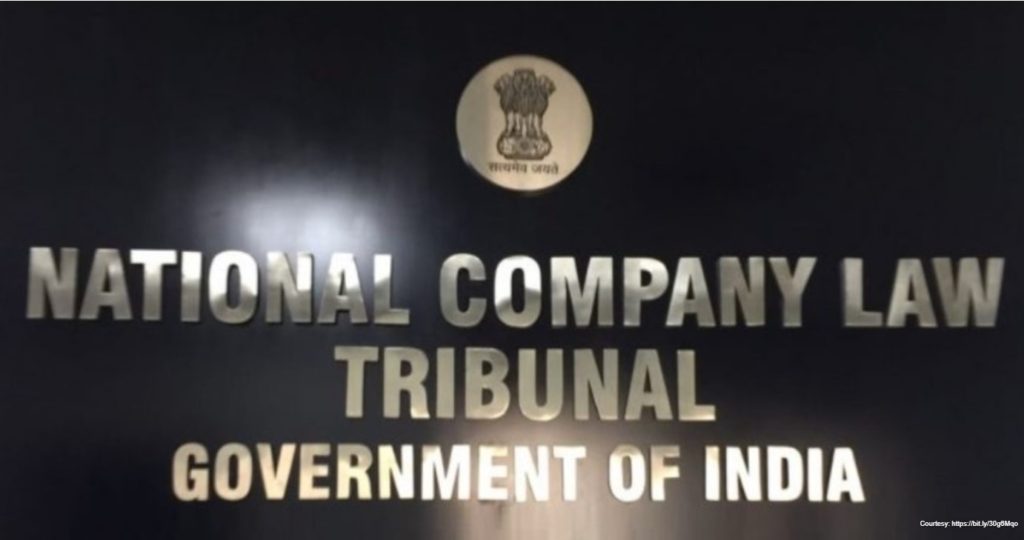NCLAT Aircel ruling to pose challenges for future insolvency cases, say experts.
The National Company Law Appellate Tribunal (NCLAT) ruling in the spectrum usage is likely to pose challenges for future insolvency resolution as it has created a class within a class of creditors under the Insolvency and Bankruptcy Code (IBC) as per The Economic Times.
In the case involving teleco Aircel and the Department of Telecommunications, the NCLAT relied on a clause in the spectrum licence agreement between the two parties to rule that government dues need to be paid in full prior to any transfer of the licence under the IBC.
This judgement from the NCALT is going to affect all other resolution cases pending in courts as Government dues shall priority over other creditors such as banks and financial institutions.
Operational creditors rank below financial creditors such as banks under Section 53 of the IBC, which stipulates the order of priority of dues owed to each class of creditors. This could result in banks taking major haircuts in recovering their dues from creditors.
“They have created a new category within the class of operational creditors, but this is an operational creditor where the contract provides for a specific right that overrides the IBC,” said Charanya Lakshmikumaran, partners at law firm Lakshmikumaran & Sridharan.
“If the resolution plan provides minimal pay out to the government, it is technically within the fold of IBC, but with such a saddled condition, they are in effect rejigging Section 53,” said Ajay Shaw, partner at DSK Legal.
Experts felt the ruling could have a wider implication, not only for insolvency resolution under the IBC but also for project financing in other industries like mining, airports and pharmaceuticals.
“If players from across sectors start using the NCLAT order to their advantage, it could be a disaster for the IBC because any licensor could carve out something for themselves,” said Ashish Bhan, partner, Trilegal.
The order is likely to be challenged by the creditors in the Supreme Court, which would have to balance the interest of the government and lenders, most of whom are public sector banks.
A consensus view was that both the government and public lenders deal with public money and hence both class of creditors should take a hit with regard to the dues owed to them.
“Both should bear the haircut and the percentage of voting rights of the respective class will determine the outcome,” said Sajeve Deora, insolvency professional, adding, “In these situations the government too will be required to take commercial decisions as to whether they support the plan or not”.


